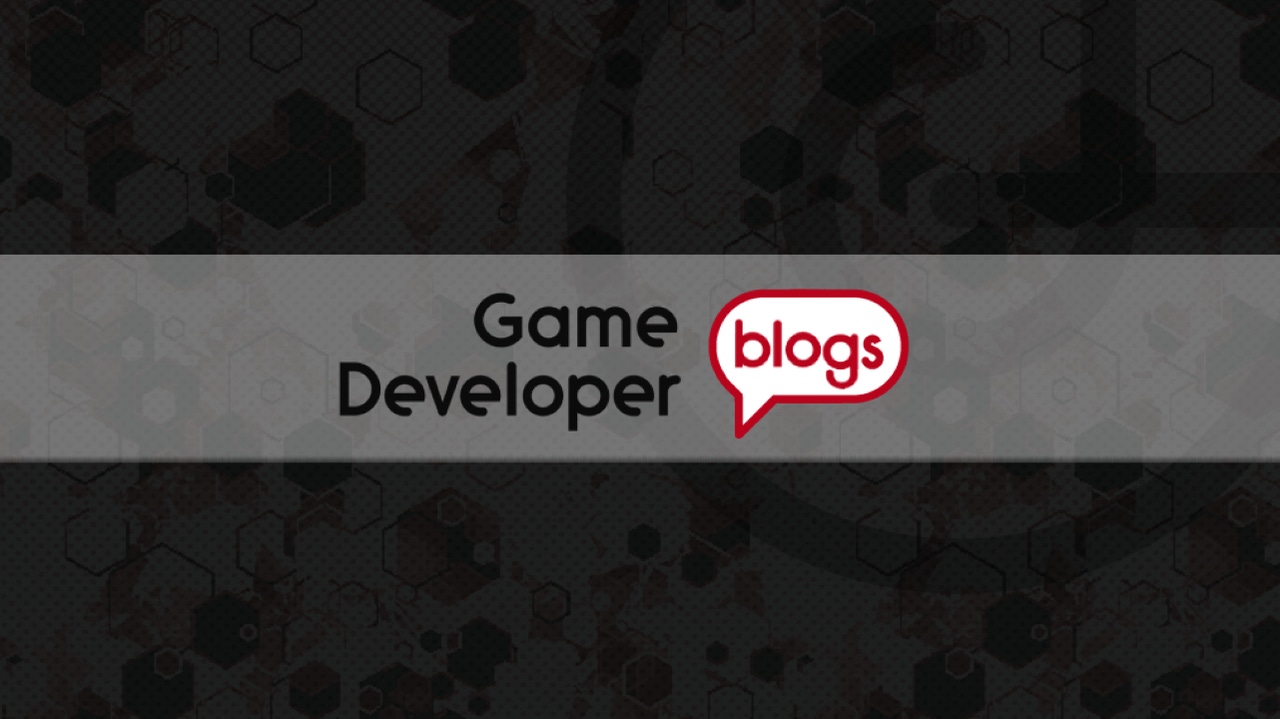Trending
Opinion: How will Project 2025 impact game developers?
The Heritage Foundation's manifesto for the possible next administration could do great harm to many, including large portions of the game development community.
A deep dive into how I combined point and click mechanics with psychological thriller elements, using puzzles and visuals to explore mental decline.
October 21, 2024


The blend of point & click mechanics and psychological thriller tropes are a match made in heaven? How does the weird mix of slow-paced, exploratory and methodical gameplay with intense emotional themes and psychological narratives work? In this article, we'll explore how I combined these elements to craft a narrative that not only challenges the intellect but also evokes emotional responses by presenting an atmosphere of suspense and uncertainty.

A good psychological thriller develops a slow-paced narrative, explores the darkness of humanity, sets up a good mystery, and leaves you questioning reality until the very end: “Who killed him?”, “Is he losing his mind?”
These narratives often center around the internal lives of protagonists—usually underdogs facing moral conflicts and inner tensions—who are pushed to their limits by external events. They are usually character-driven stories that thrive on a steady buildup of tension, showcasing psychological studies that draw you deeper into the protagonist's world.
The use of an unreliable narrator is a common technique in psychological thrillers, serving as a powerful tool to manipulate perception and reality. This narrative device can take two forms; a narrator who intentionally deceives the audience or one who misleads without realizing it, with the cause of unreliability beyond their control. If well pulled, an unreliable narrator is key to building suspense, raising tension and moving the narrative forward.
But how does this complex narrative structure blend with the core mechanics of point & click gameplay? Let’s take a closer look.

Point & click mechanics allow players to interact with the game world by clicking on objects, NPCs or locations. This simple gameplay encourages exploration, puzzle-solving and decision-making. The main hooks—progression and gratification—come from the anticipation of “what’s next” in terms of narrative, visual setting and design. The story advances as players explore their surroundings and solve puzzles.
Gloomy Juncture builds on this foundation, leveraging the deliberately slower pace of the point & click genre for a deeper psychological exploration. The traditional mechanics of exploration and puzzle-solving are ideal to establish a steady character development within a slow-paced setting. This approach provides a canvas to populate the world with optional items and motifs that convey specific psychological states, allowing me to add layers that can deepen character complexity.
I always focus on details and world-building. Players need to feel those small, unexpected details that click at a specific moment, enriching the experience, the story, and the world itself.
Puzzles play a key role as well, turning them into more than just challenges—they become tools for emotional and psychological exploration.

The puzzles in Gloomy Juncture are crafted to mirror the player character's psychological journey. As players progress, they will face gradually challenging puzzles and increasingly disturbing visual settings, drawing them deeper into the character's troubled mind. This paradoxical experience—searching for stability through puzzle-solving versus the growing instability in the character’s psyche—creates a tension that steadily intensifies throughout the game.
By embedding the psychological journey into the gameplay, Gloomy Juncture transforms puzzles into narrative devices that reflect the player character’s inner struggles. This design helps to elevate the story and build an emotional connection with the player, making each puzzle a step deeper into the unknown.

Gloomy Juncture looks good on paper? The art style is one of the most important aspects of a point & click game—after all, they are a subtype of the so-called graphic adventures.
Gloomy Juncture embraces a gritty, raw aesthetic, with every asset meticulously hand-drawn on paper to reflect a decaying, broken world. The visuals intentionally depict the ugly and decadent, with a strong and saturated color palette to elevate the sense of unease and tension. This 'gritty and pretty' juxtaposition adds to the psychological atmosphere and connects perfectly to the emotional impact needed in a psychological thriller.
Complementing this is the player character’s voice. Gloomy Juncture is fully voice-acted, with the player character serving as the narrator throughout the story, providing an internal monologue and reacting to player actions in real-time. With a narrative that takes sharp turns, this narration is an important tool to effectively communicate the plot. It not only provides subtle foreshadowing but also helps establish the tone for the player. Additionally, it builds tension, plays with player expectations, and occasionally offers subtle diegetic hints without breaking immersion.
By blending the core gameplay and main hooks of a point & click adventure with the narrative depth of a psychological thriller, I believe Gloomy Juncture offers a truly unique experience. The hand-drawn raw visuals and compelling voice acting add to the unsettling atmosphere, while the slow, methodical pacing, combined with puzzles that reflect the descent into a deteriorating mind create a (new?) peculiar journey. This approach allows me to craft a character study of an underdog while exploring the darker sides of humanity and moral conflicts, which, for me, are hallmarks of a good psychological thriller.
Read more about:
BlogsYou May Also Like